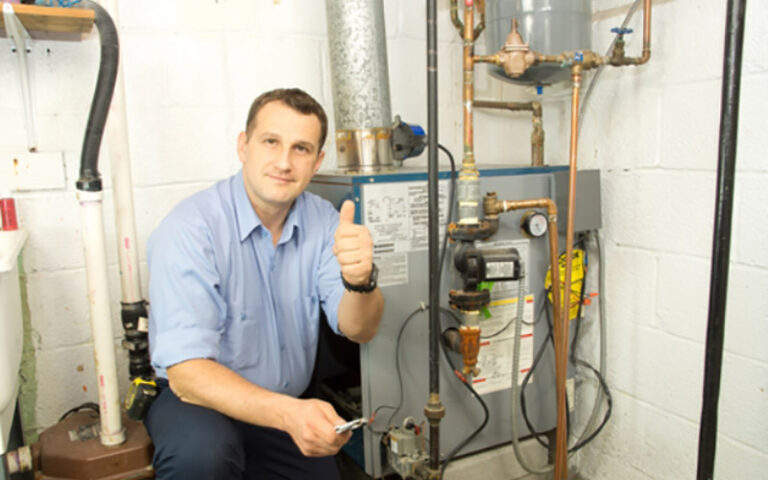Furnaces have become so interwoven into daily life that making it through a winter in a place like Auburn, AL without one seems almost unimaginable. As much as we take such an extraordinary convenience for granted, it took an incredible amount of ingenuity to develop it. In what follows, our aims are to provide a quick history of furnaces and central heating and to inspire some reverence for these technical marvels.
Romans and Radiators
Humans have stayed warm for most of history by dressing warmly and building open fires. The only major invention in the realm of indoor heating that existed for countless centuries was the wood-burning stove or furnace. There is, however, one fascinating outlier from this trend called the hypocaust.
There’s some dispute about precisely when humans first invented and used the hypocaust. Some sources claim that this device existed as early as 350 BCE in the Temple of Ephesus in modern-day Turkey.
At the same time, the Roman architect and engineer Vitruvius says that the Roman merchant and engineer Sergius Orata invented it sometime around 80 BCE. In any case, we know that by the first century CE, the Romans used it to heat their public buildings.
In a nutshell, the hypocaust was an ancestor of the modern-day radiator. Underneath major public buildings like temples and bathhouses and some homes of the wealthy, a furnace would burn and release steam and smoke. This steam and smoke would heat the floor of the building through direct contact and move up a series of pipes to warm the walls.
Nothing quite like this would emerge again anywhere in the world for many centuries. It wasn’t until the 1840s that we saw anything like a central heating system.
American engineer Joseph Nason and his brother-in-law James Walworth started producing malleable iron pipe fittings that could funnel heat throughout a house. In 1857, the Russian inventor and engineer Franz San Galli secured a patent for the world’s first radiator.
In 1885, David Lennox created coal-burning radiators out of cast iron. These radiators were substantially cheaper to produce than previous incarnations. However, one needed to install them in the basement of a home, and they warmed homes only thanks to the fact that air naturally rose.
Gas Heating
Gas heating as we know it probably started in 1855, when the German chemist Robert Bunsen invented the Bunsen burner. Bunsen always meant his invention for laboratory use.
Still, the fact that it could generate a flame without expelling soot was significant. It set the template for all gas-burning furnaces that were to follow.
Electrical Heating
Electrical heating became possible in the late 19th and early 20th centuries. In 1882, Thomas Edison opened the first electrical power plant in America.
In 1905, Albert Marsh co-created chromel, an extremely durable metal that was excellent for making high-resistance wires. Pushing electricity into such wires produces heat, and electrical heating systems have operated on this basic principle ever since.
It All Comes Together
The preceding developments converged around the start of the 20th century to create the first recognizably modern central furnaces. In 1919, Alice Parker secured the first patent for a gas-powered central furnace. Like modern furnaces, it drew cold air from the outdoors and used ductwork as a distribution network.
Like Lennox’s radiator, Parker’s furnace relied mainly on hot air’s natural tendency to rise. Fans did not enter the picture as a spur to air distribution until about 1935.
Over the coming decades, however, additional innovators would introduce fan motors, thermostats, advanced control systems and a series of small tweaks that gradually raised efficiency. Now, the industries for residential and commercial heating are both highly developed and employ many trained technicians.
Today’s furnace is a wonder of engineering that needed enormous contributions to become what it is. For help with any problems your furnace may have, call Sensigreen Heating, Cooling & Insulation in Auburn, AL and inquire about our heating services.
Image provided by iStock

